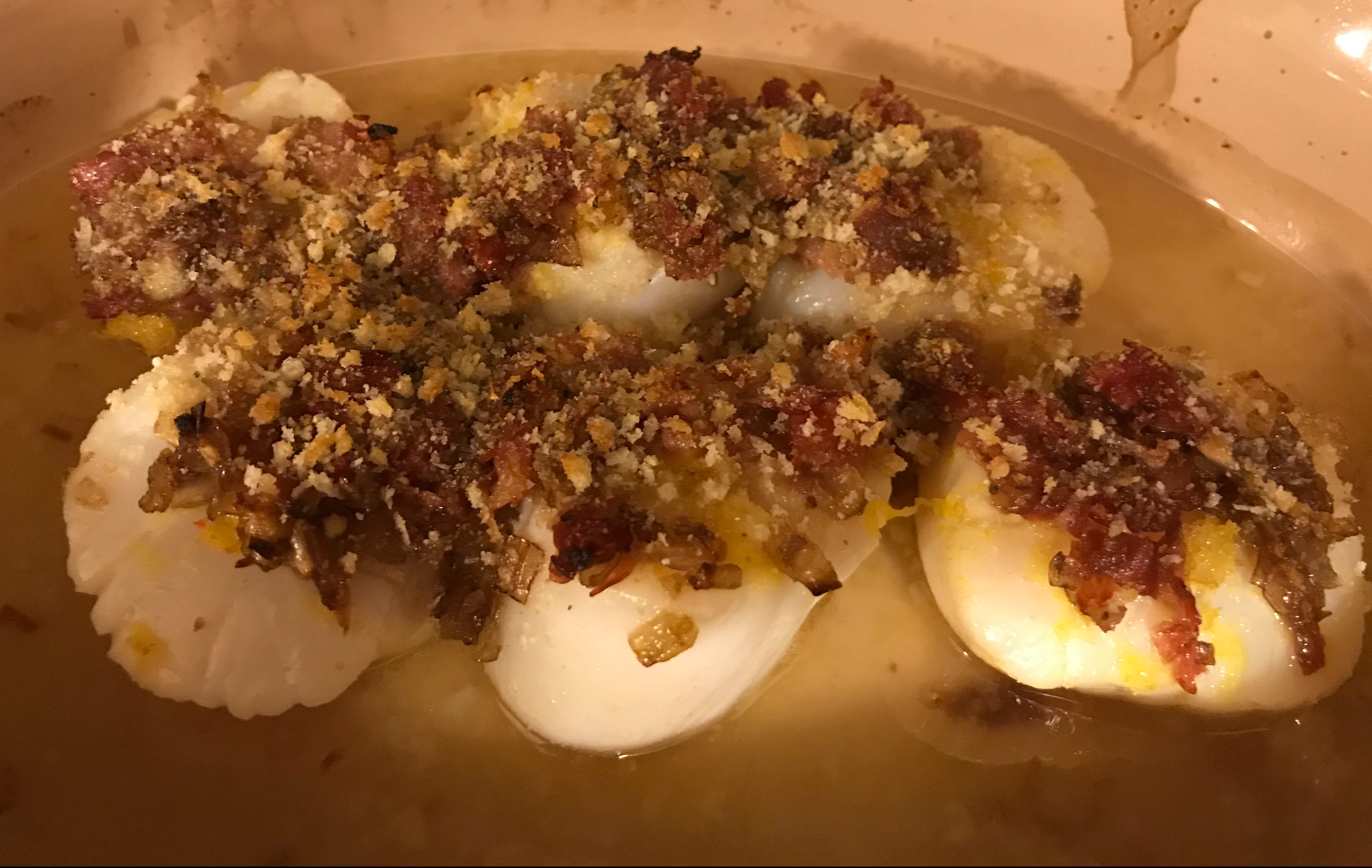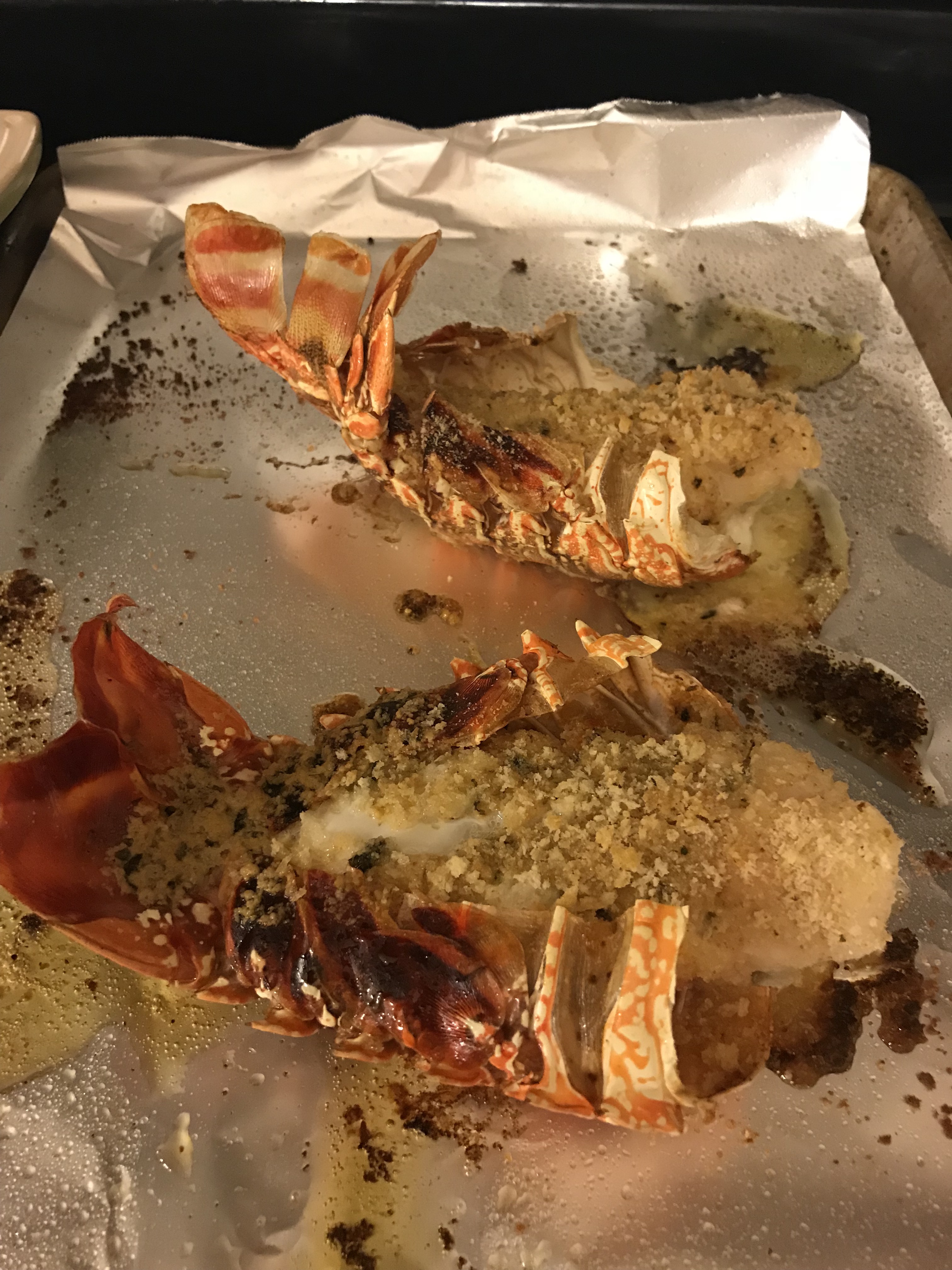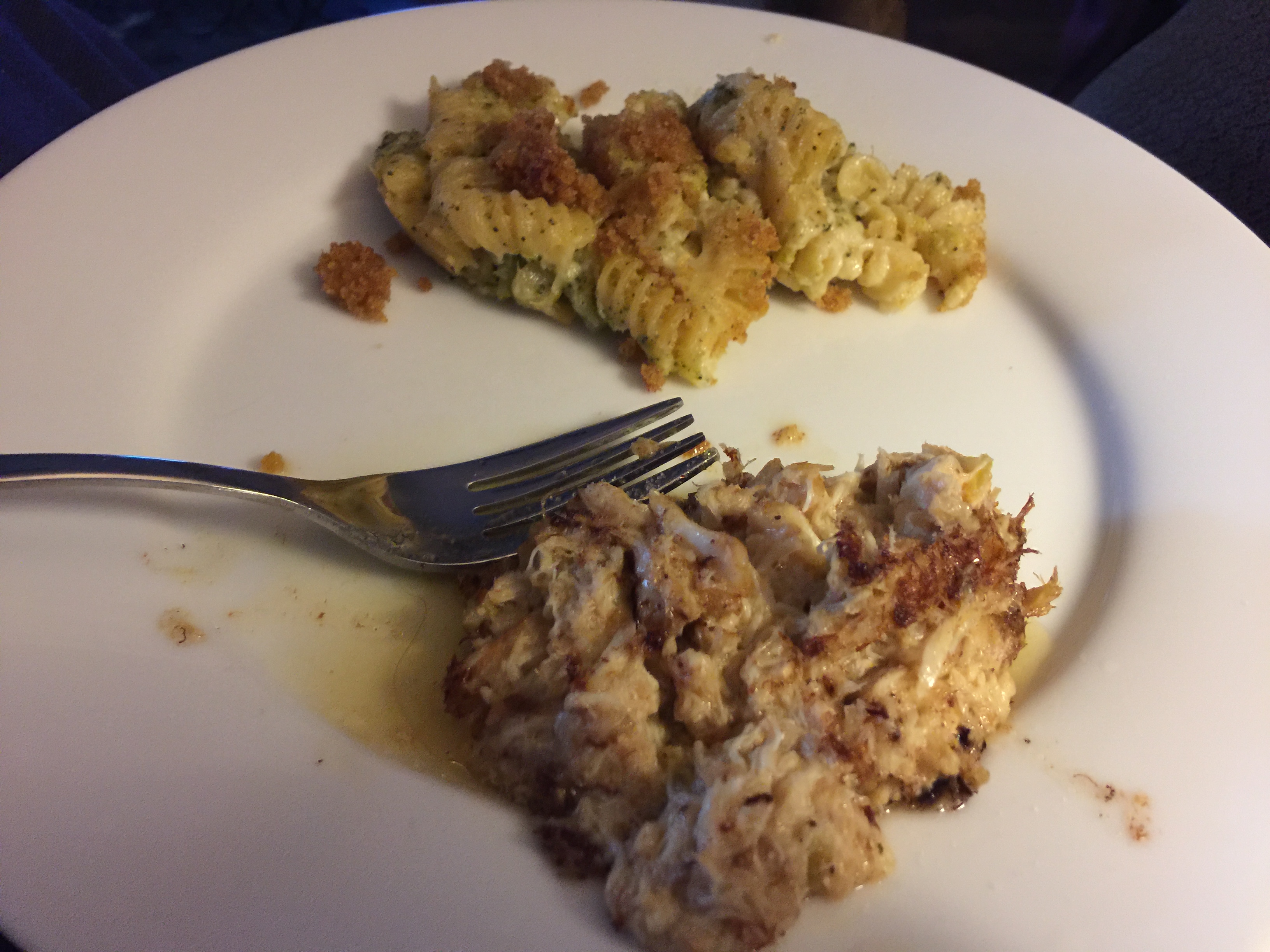Lidia’s Italian-American Kitchen
Lidia Matticchio Bastianich
All risotto recipes begin with a basic risotto and then you can customize it to add whatever you want to spice it up, or add additional ingredients, flavors, etc. In the case of this particular recipe, it’s saffron and clams.
Ingredients for Basic Risotto:
4½ cups hot chicken stock, vegetable stock, or canned reduced-sodium chicken broth
3 tablespoons extra virgin olive oil
1 medium onion, minced (about ¾ cup)
1 medium leek, white parts only, trimmed, cleaned and chopped (about 1 cup)
4 to 6 scallions, trimmed, white and green parts chopped separately
2 cups Arborio or Carnaroli rice
1/3 cup dry white wine
Salt
2 tablespoons unsalted butter, cut into 4 pieces
1/3 cup freshly grated Parmigiano-Reggiano cheese
Freshly ground black pepper
Pour the stock into a 2-quart saucepan and keep it hot over low heat. (The texture of a properly cooked risotto is creamy, with each grain of rice separate and al dente. To achieve that, you are actually coaxing the starch gently out of the grains of rice. Adding cold stock to the risotto may cause the surfaces of the tie grains to “seize up” and seal in the starch, instead of releasing it into the liquid.)
Heat the olive oil in a wide 3- to 4-quart braising pan over medium heat. Stir in the onion and cook, stirring occasionally, until softened, about 4 minutes. Stir in the leek and the white parts of the scallions and cook, stirring, until the onion is golden, about 6 minutes. Adjust the heat under the pan as the onions brown so that it cooks slowly with gentle bubbling.
Stir in the rice and continue stirring until the grains are coated with oil and “toasted”
—the edges become translucent— 1 to 2 minutes. Pour in the wine and let it boil, stirring the rice, until evaporated. (Since the rice kernel is 98% starch, the acidity in the wine balances and imparts flavor to the rice kernel.)
Season the rice lightly with salt and ladle enough of the hot stock into the pan to barely cover the rice. Bring to a boil, then lower the heat so the stock is at a lively simmer. Cook, stirring constantly, until all the stock has been absorbed and you can see the bottom of the pan when you stir. Continue cooking, pouring in the remaining hot stock in small batches — each addition should be just enough to completely moisten the rice — and cook until each batch of stock has been absorbed. Stir constantly until the rice mixture is creamy, but al dente; this will take 16 to 20 minutes from the time the wine was added. When in doubt, undercook — risotto continues to cook, even after it is removed from the heat.
Adjust the level of heat throughout cooking so the rice is simmering very gently. The total amount of stock you use may vary for several reasons: the type of rice you are using, the shape and size of the pan, and the desired texture of the finished risotto which can be quite dense, or soft and runny, depending on your personal taste. If you like a creamier risotto — called all’onda, or “wavelike” in Italian — stir in a little more stock once the rice is al dente, but do not cook the rice any further. For a denser risotto, keep the rice over the heat and cook until the last addition of stock has been almost entirely absorbed by the rice. There is a general rule that risotto prepared with meats, game, and mushrooms is more dense, but ultimately it depends on your taste and preference.
Remove the pan from the heat; stir in the b utter and green parts of the scallion until the butter is completely melted. Stir in half of the grated cheese, taste the risotto, and add salt, if necessary, and pepper. Always ladle risotto into warm, shallow bowls and serve immediately after finishing. Either top each serving with some of the remaining grated cheese or pass the cheese separately.
Saffron and Clam Risotto
Add a generous pinch of saffron threads to the stock before placing it over the heat. Scrub 12 to 16 hard-shell clams — the smaller the better — such as littlenecks, Manila, or butter claims, the smaller the better. Tuck the clams into the rice about 5 to 6 minutes after the first addition of stock, and continue as described in the basic risotto recipe.










